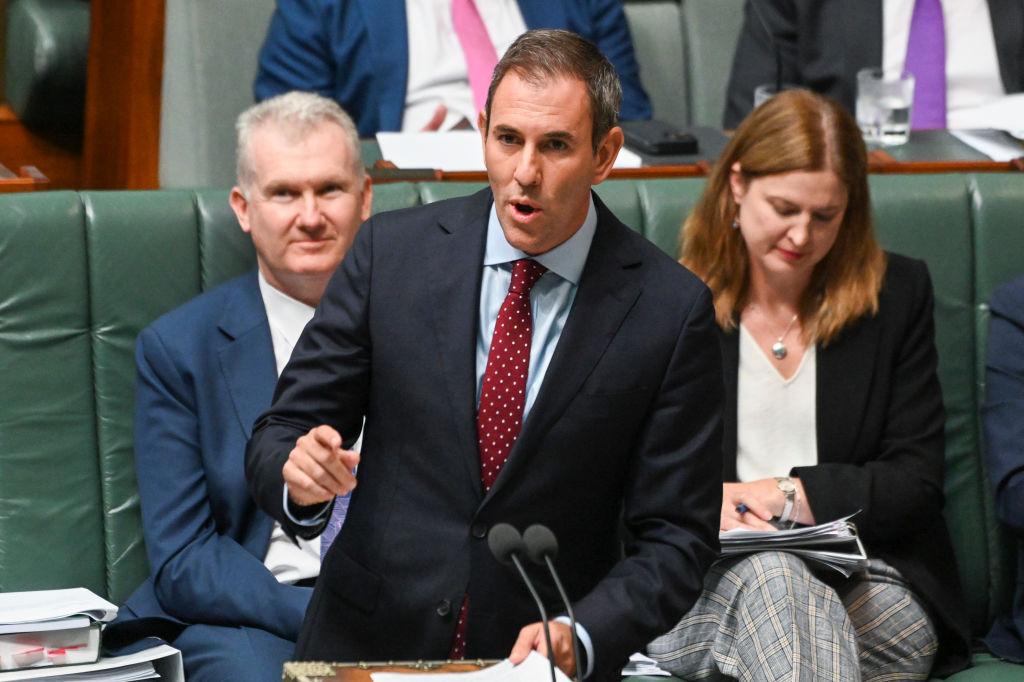Oil and gas producers will face heavier taxes with the Labor government’s proposed overhaul of the petroleum resource rent tax (PRRT).
Treasurer Jim Chalmers said on Sunday that the move is expected to raise $2.4 billion (US$1.62 billion) over the forward estimates. Without the changes, the sector is already forecast to pay more than $11 billion (US$7.4 billion) in PRRT over the forward estimate.




